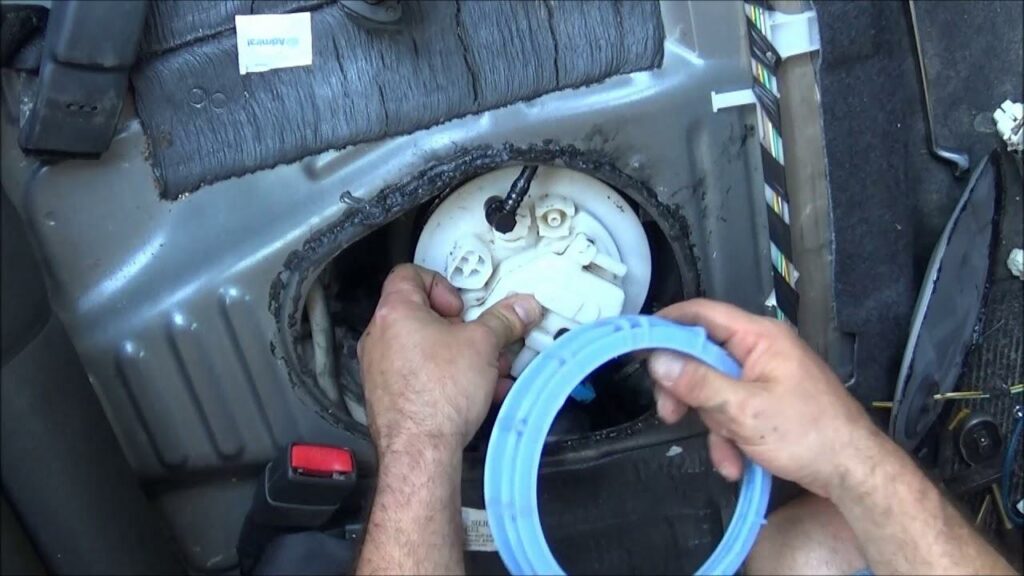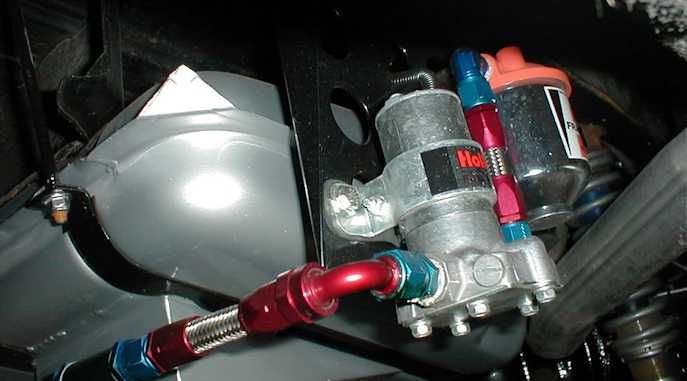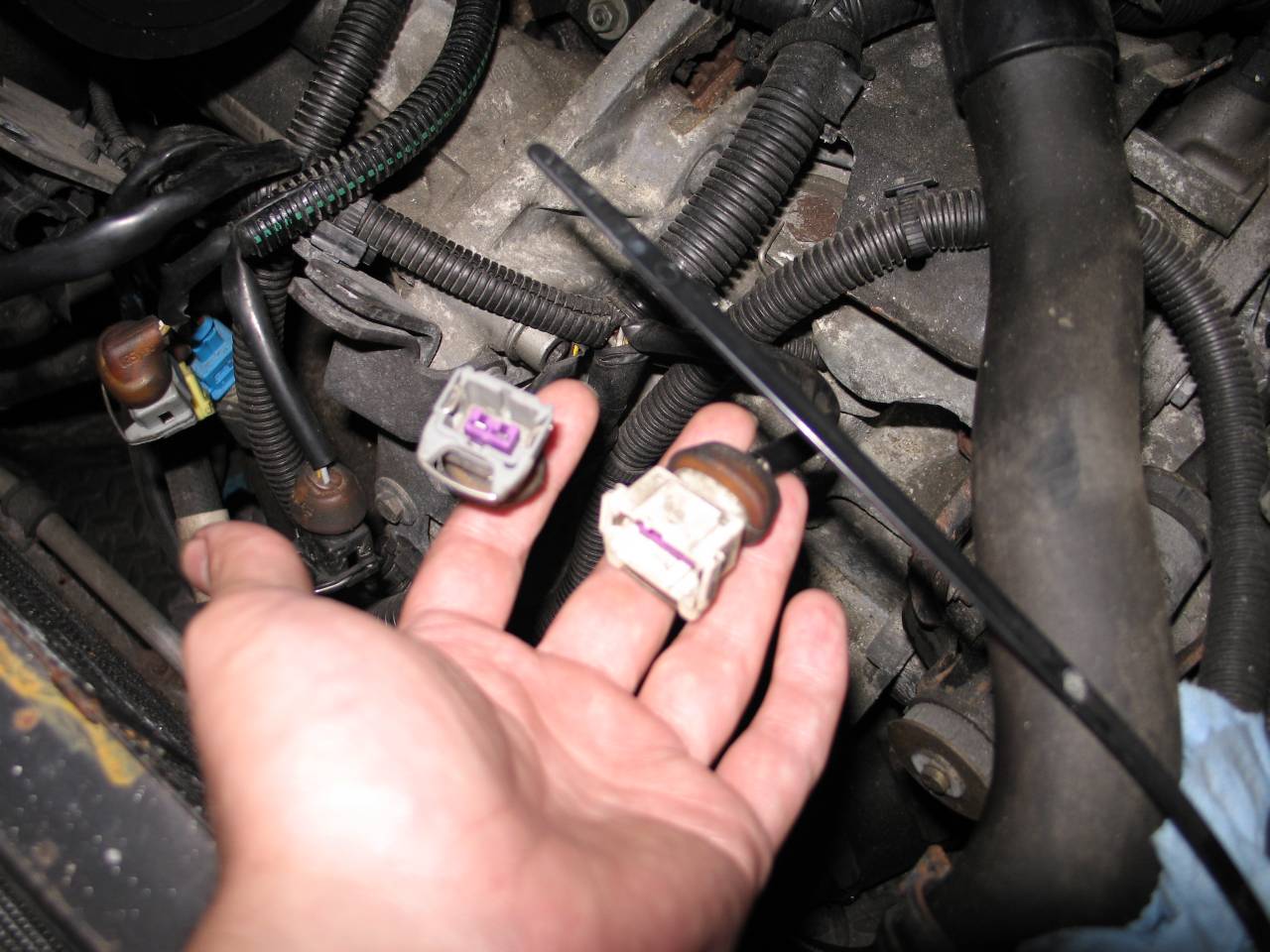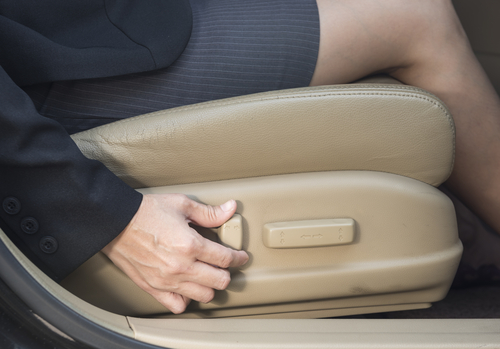
So, your car’s been warning you with symptoms of a failing fuel pump and you need to replace it as soon as possible? Knowing how to change a fuel pump in your car will save both time and money. You can do it with some mechanical skills, the right set of tools, and patience.
How to Change a Fuel Pump
For any DIY project, you will need to have all the tools and items necessary for doing the task. Keep the following things handy for replacing a fuel pump:
Things you need
- A new fuel pump assembly
- A gasoline container
- Jack and Jack stands
- A few small wooden blocks
- A hand-siphon pump
- A socket set and wrench
- Something that absorbs oil spills (such as kitty litter or old towels)
- The owner’s manual
Fuel pump replacement: Step by step
Follow these step-by-step procedures to complete your how to change a fuel pump DIY project successfully.

Relieve the fuel pressure.
There is always some pressure in the fuel pump’s lines, even when the engine is not running. Before doing anything else, release the pressure in the lines.
Check the tank’s gas level, which should be lower than an eighth of the ‘full’ level. Start the car but not before taking the fuse out of the fuse box. Run the car until it holds up, and keep doing this until it does not start at all. The pressure in the lines will be almost nil at this point.
Now, you need to neutralize the fuel pressure completely. To do so, disconnect the negative battery terminal under the hood after turning off the ignition and then reconnect the fuse to the fuse box. Open the fuel tank’s cap and disconnect the access plate’s wiring. Some hoses connected to this plate need to be pulled off.
WARNINGS:
- Some fuel could spill out of the hoses. Wipe carefully.
- Gasoline is highly flammable. Don’t smoke and keep all kinds of things that can create sparks away while changing the pump.
- Use a hand siphon pump to remove fuel from the tank.
- If you are not an experienced mechanic, mark all the wiring and hoses to avoid confusion at the time of reassembly.
Remove the old fuel pump.
Given that your car is already in the garage or on a plain surface, jack up the car and slide in the jack stands. Use wooden blocks underneath the stands to make them more secure.
With everything set, read the following steps carefully to know how to change a fuel pump. Remove the entire assembly and the access plate hole is the starting point for that removal.
Keep pulling out the fuel level sender until the pump holder shows up. Open it to detach the pump that has a siphon bag underneath the holder. To remove the siphon bag, you have to first detach the pump’s power harness and then unclasp the clip that grabs the bag.
Use the same clip to attach the bag to the new fuel pump. Check the owner’s manual to be sure that you have bought the correct fuel pump model.
Watch more:
Read more: How To Remove Paint Transfer From Car: A Step By Step Guide
New fuel pump replacement.
This is the time to place the new pump in the old one’s position. Well, all you have to do is reverse the steps you did to remove the tank.
The power harness will go back to its on the new pump and the next step is placing the whole pump assembly back to the tank. After reconnecting the wiring and hoses, put the access plate into its position. Don’t forget to replace the cover plate’s old O ring even if it looks just fine.
Some people may decide against a new O ring to save some bucks but don’t do that. Replacing the fuel pump assembly is rarely done in the lifetime of a car. So, your fresh fuel pump can cause problems if the old O ring causes any damage.
Restart the car.
So, this is how to change a fuel pump. In this last part, check whether you have done everything right, and the car is running smoothly.

Reattach the battery terminals and switch on the ignition. Don’t kick off the engine yet. Turning on the ignition will run the pump and you should clearly hear it building pressure in the lines. Lock the tank by putting the cap back on and kick off the engine. Idle the car for a couple of minutes before going for a test drive.
The car running smoothly with no hiccups or making any unusual sound means that you have successfully replaced the fuel pump.
Read more: How to Fix A Brake Fluid Leak: Easy Steps to Follow
WARNING:
- Check all the connections and hoses to see if they are properly tightened. Examine carefully to see if there is any leak.






